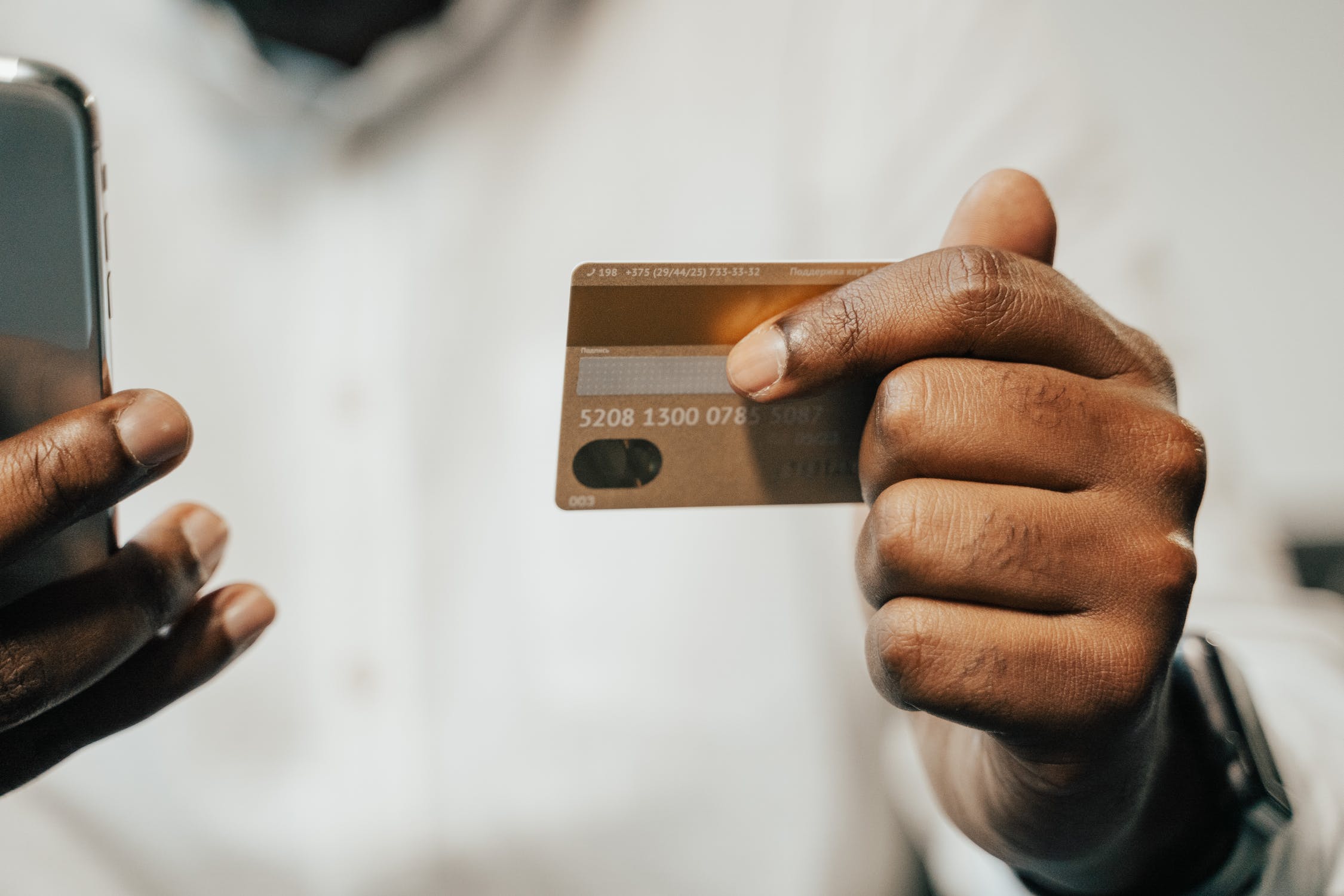4 No-Nonsense Hacks for Getting Out of Credit Card Debt

If you’re facing credit card debt, you probably feel stifled and stressed. Thankfully, there are ways to escape debt, even if it feels impossible at the moment. The key is to stop delaying and to move with purpose.
Credit Card Debt Weighing You Down? You’re Not Alone
Americans are drowning in credit card debt, and it’s starting to have a decidedly negative impact on personal finance in the U.S. The average American credit card debt currently stands at $5,525, which is down from the average balance of $6,629 in 2019 and $5,897 in 2020. Total cumulative credit card debt is $787 billion with an average interest rate of 5.3 percent.
When you look at debt generationally, Gen X has the highest average credit card debt at $7,236 per person. They’re followed by Baby Boomers ($6,230), Millennials ($4,569), Silent Generation ($3,821), and Generation Z ($2,312). The average college student has an average credit card debt of roughly $1,183.
4 Tips for Escaping Credit Card Debt
While you might not be alone in your credit card debt, that doesn’t mean you should continue to swim in dangerous financial waters. The credit card interest rates alone can sink you! It’s time to start swimming.
And the best way to do that is by eliminating your credit card debt as quickly as possible.
1. Get on a Strict Budget
Credit card debt is a direct symptom of irresponsible spending and disorganized finances. It’s nearly impossible to accrue credit card debt if you’re on a strict budget. So, this is where you need to start.
Getting on a strict budget means accounting for every penny that comes into your bank account every month and every penny that goes out. And while you might not be able to do anything about the income (if you’re on a fixed income), there are plenty of things you can do to adjust your expenses.
When we say strict budget, we mean examining every single expense with a financial magnifying glass and eliminating anything that’s non-essential.
Essential expenses are shelter, food, healthcare, transportation, and basic clothing needs. Non-essential expenses are anything that is not integral to your health, safety, or survival. And while you don’t want to have to live on a strict budget for the rest of your life, it’s a worthwhile sacrifice for several months in order to get back on track.
2. Use the Debt Snowball Method
Once you get on a budget, it’s like getting a raise. You find money that you didn’t know you had. Whether it’s several hundred dollars or a few thousand dollars per month, any excess cash flow you have goes directly toward paying down debt as quickly as possible.
While there are several strategies for paying off debt, the debt snowball is one of the most popular. With this approach, you organize your debts from smallest to largest and begin paying them off in that order.
In other words, you make minimum payments on all of your debts, but everything else goes toward canceling out the smallest debt first. Once that debt is cleared, you move to the second-largest debt, and so on.
While many people argue that the debt snowball method doesn’t make sense financially and that you should pay down the debt with the highest interest rate first, the goal is to build momentum. And once you see yourself slashing debt off the books, your excitement grows, and you’re less likely to give up.
3. Consolidate Debt
If you have a bunch of different credit cards with overdue payments, it may help to consolidate them on a single credit card – ideally with a lower interest rate. Not only will this save you money, but it also simplifies things and allows you to deal with just one creditor and payment.
4. Cut Up Your Cards
Finally, cut up your credit cards. Yes, seriously – physically cut up your cards so that you can’t use them anymore. This will prevent you from adding more debt and will force you to only spend what you have.
Get Your Financial Life Back on Track
If you want to get your finances back in order, it starts with tackling credit card debt. Use the tips highlighted in this article to formulate a plan that can be used to aggressively strike out debt and free up cash to go toward savings, investing, and healthy lifestyle choices.
